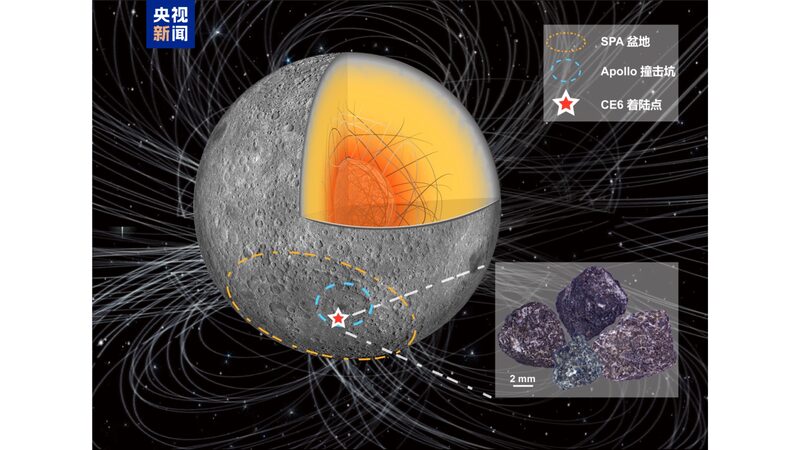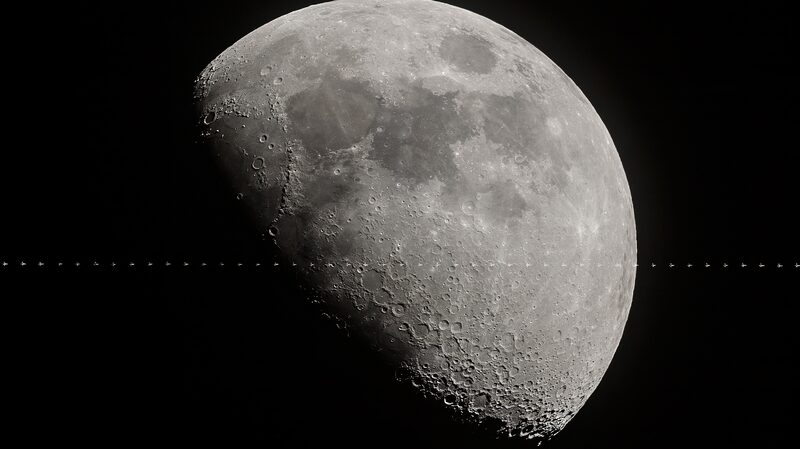Ever wondered how Earth’s rotation shaped life as we know it? A groundbreaking study led by Chinese researchers, with teams from France, Germany, and Ireland, just uncovered mind-blowing patterns in our planet’s spin history—and it’s straight out of a sci-fi flick! 🚀
Analyzing 8 geological datasets, the team discovered that between 650 million and 280 million years ago, Earth’s days stretched by ~2.2 hours, and the Moon drifted ~20,000 km farther away. Talk about a slow dance! 💃🌙 The findings, published in PNAS, reveal a ‘staircase’ pattern: two intense slowdown phases (650–500 million and 350–280 million years ago) sandwiching a 150-million-year ‘pause.’ ⏸️
Here’s the kicker: those slowdown phases coincide with Earth’s most dramatic events—the Cambrian Explosion (hello, complex life! 🦠) and the planet’s deadliest mass extinction. 🌋 Researchers say tidal forces from the Moon likely played a key role, influencing climate and ecosystems. 🌊
Professor Ma Chao from Chengdu University of Technology teased future plans: the team will study links between Earth’s spin, magnetic field, and climate to build a ‘complete Earth evolution model.’ Think of it as the ultimate time-travel toolkit for understanding our planet’s past—and future! 🔬✨
Reference(s):
China-led team reveals patterns in Earth's rotational deceleration
cgtn.com





